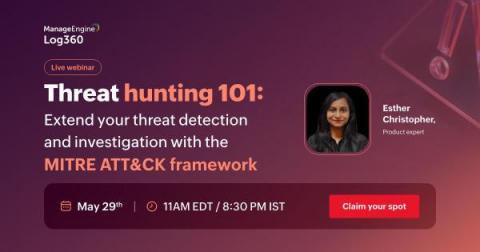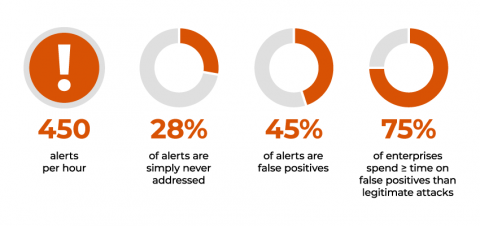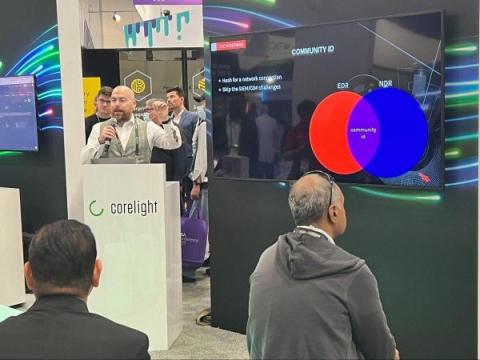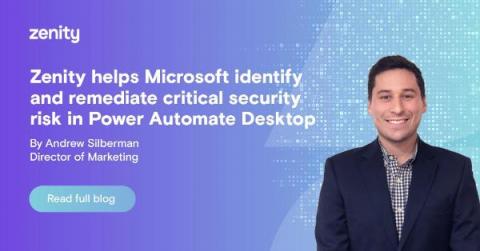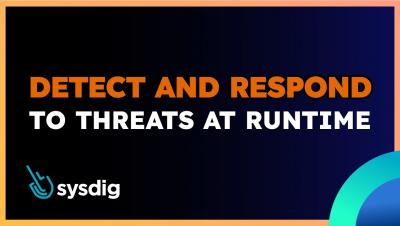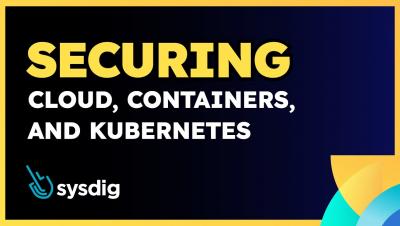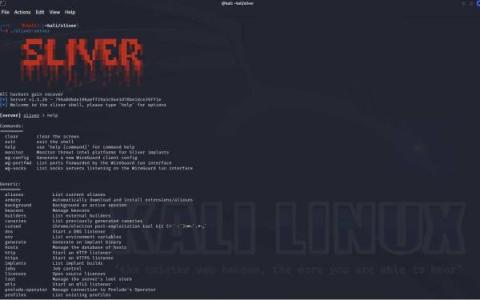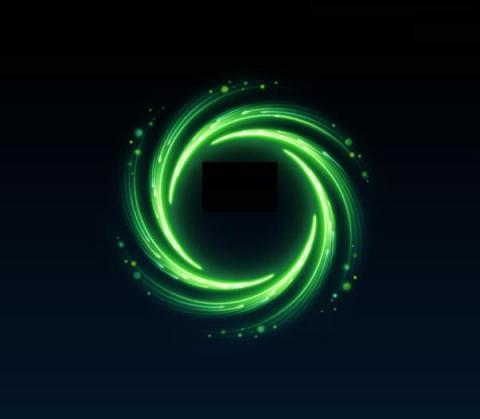Security | Threat Detection | Cyberattacks | DevSecOps | Compliance
May 2023
Threat hunting 101: Leveraging MITRE ATT&CK framework for extended threat detection
Threat detection and mitigation is one of the core responsibilities of a SOC. With cyberattacks becoming more sophisticated, it has become arduous for security analysts to secure their network from threats. Hybrid work and BYOD policies are making it more difficult for SOCs to keep track of network activities. Attackers continue to improvise new tactics and techniques to compromise an organization’s network.
Learn about Corelight and Zeek with AI
Why Cyber Threat Detection and Response Is So Hard
Breakthrough innovation arises primarily in response to two conditions. One, when new technology emerges that creates new demand by fulfilling needs customers didn’t know they had. Think smartphones. A generation ago, people didn’t know they needed to be tethered to a phone the size of their palm that was also a camera, a bank, an encyclopedia and a shopping mall. Two, when new challenges arise that require innovation to address them.
2023 SANS Report Digital Forensics
Leveraging the Dark Side: How CrowdStrike Boosts Machine Learning Efficacy Against Adversaries
The power of the CrowdStrike Falcon® platform lies in its ability to detect and protect customers from new and unknown threats by leveraging the power of the cloud and expertly built machine learning (ML) models. In real-world conditions and in independent third-party evaluations, Falcon’s on-sensor and cloud ML capabilities consistently achieve excellent results across Windows, Linux and macOS platforms.
Key takeaways from RSA 2023: #BetterTogether and AI in security
Whether or not you made it to RSA 2023, here are two key themes we saw throughout this year’s conference.
Zenity Helps Microsoft Identify and Remediate Critical Security Risk in Power Automate Desktop
About seven months ago at Defcon, Zenity CTO Michael Bargury presented security research that discovered and outlined a way to take over Microsoft Power Automate enabling bad actors to send ransomware to connected machines by using Power Automate as it was designed. By simply taking over an endpoint, our research showed that attackers can run their own payloads and execute malware by assigning machines to a new administrative account using a basic command line.
Detect and Respond to Workload Threats
Securing Cloud, Containers, and Kubernetes
New Sliver C2 Detection Released - Redteam detected
We are excited to announce the release of a new detection package “Sliver”, which identifies and raises alerts related to the Sliver C2 framework. This new package joins our industrial-strength C2 Collection and uses a variety of techniques to detect Sliver, above and beyond our HTTP-C2 package’s existing Sliver coverage. In this blog we provide some basics about Sliver and how it works and then dive deep into the techniques we use to detect this popular and powerful tool.
Microsoft Threat Detection and Response: Five Key Pitfalls (and How to Address Them)
Organizations are increasingly turning to the cloud in their attempt to become more agile and efficient. Many will choose the Microsoft ecosystem and will need to become familiar with threat detection and response offered by this environment, how these technologies can be leveraged to their full potential, and what should be supplemented to avoid unnecessary risk.
How SOCs can level up their PCAP game with Smart PCAP
This blog post is the first in a 2 part series on Corelight Smart PCAP. Tune in next week for part two where we’ll take a deep dive look at Corelight’s PCAP functionality and workflows that accelerate security investigations.



